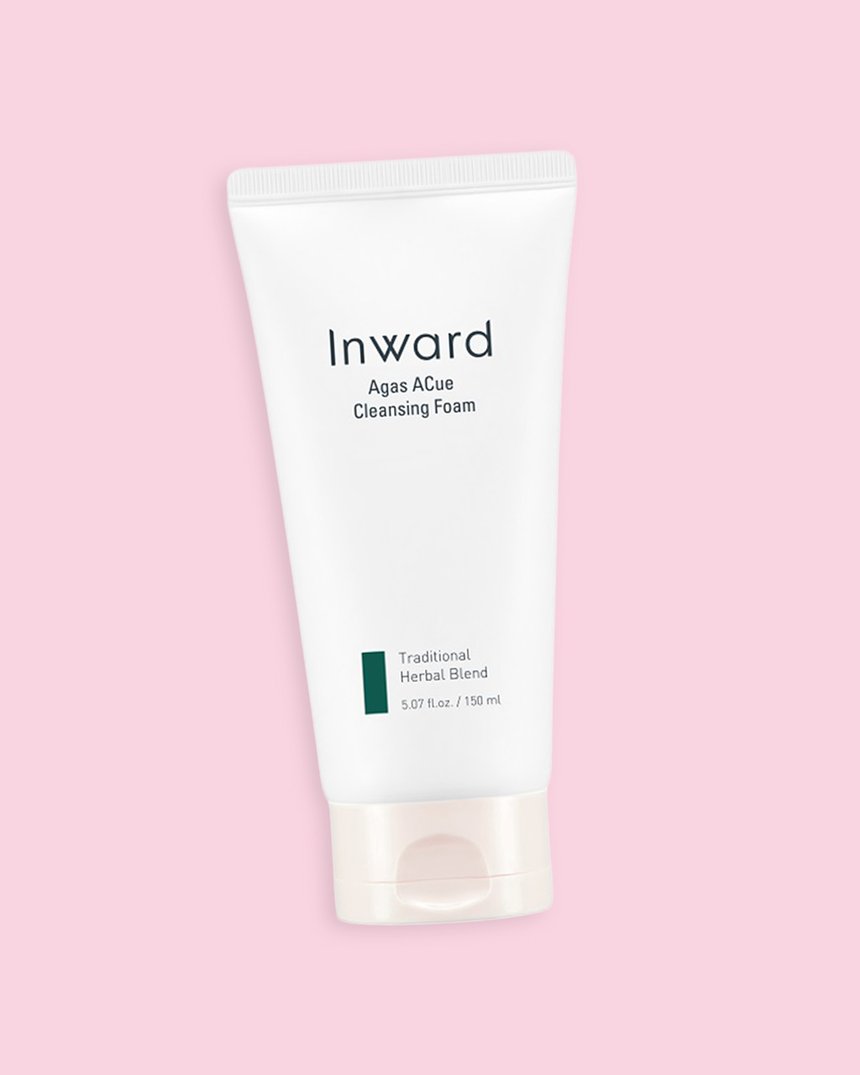If a product is all over Instagram or in all of your friends’ medicine cabinets should you be using it too? Welcome to “Do You Really Need…”, a new series where we discuss, with the help of some experts, how to determine whether or not a trendy or divisive product really belongs in YOUR skin care routine. Today we’re talking about extraction tools.
Performing extractions, i.e popping pimples, on yourself is one of those skin care habits that you know you probably shouldn’t do, but is sometimes too darn tempting to resist – especially if you happen to be looking into a magnifying mirror.
And while we don’t encourage or recommend extractions unless they’re being done by a certified professional, we know how these things go. So, ahead, we consulted New York City-based dermatologist Dr. Joshua Zeichner for his input on blackhead extraction tools and how to perform extractions in the safest and least irritating way possible.
What is an extraction tool?
It’s essentially a miniature metal stick that kind of resembles tweezers. They usually have a small loop (for smaller blemishes or blackheads) on one side and a larger loop (for larger ones, for example, on the back or other bodily areas) on the other. Some might also include a sharp lance which is meant to pierce whiteheads, but more on that shortly.
What does it do and how does it work?
It aids in the extraction process which is basically the removal of blockages from your pores. “It is designed for you to apply downward pressure which pushes out the blockage,” Dr. Zeichner says. As for the lance we mentioned earlier, he adds: “Occasionally, professionals like your dermatologist or an aesthetician may use a needle to create an opening that allows the blockage to come out through. I do not recommend poking the skin at home, as it can cause more harm than good if not done properly.”
So, do you need one?
Most dermatologists, Dr. Zeichner included, will tell you to leave any and all extractions to the professionals—that includes those done with a tool. “I generally do not like my patients to perform extractions at home because they may not do them properly and may end up with broken skin, infections, or even scars,” he says.
But if you do find yourself performing an extraction at home, using a blackhead extraction tool (like the one featured below from Skinmiso) can definitely be better than using your hands. Since the tool is designed for the task, it can be more efficient and effective than your hands, resulting in less damage to the skin. Plus, your fingers can transfer bacteria onto the skin that can exacerbate or cause more breakouts. Just be sure to properly disinfect the tool after every use.
If you don’t have a tool, another option is to use two cotton swabs. Place them on the skin on either side of the blemish and gently apply pressure. Whether you use a cotton swab, a tool, or your hands, it’s important to remember that, if nothing easily come out, “do not keep trying,” Dr. Zeichner says and to “move on to the next one.”
Whichever method you choose, Dr. Zeichner also recommends washing your face before doing anything. We recommend cleansing with a gentle acne-fighting water-based cleanser like the Inward Agas ACue Cleansing Foam. We also suggest applying a warm, damp (and clean!) washcloth or towel on the area beforehand to loosen pores.
He adds that you should consider the time of day that you’re performing them also. “The worst time to perform extractions is right before you go to sleep,” he says. “Often times you are tired and are not doing as good of a job as you would do earlier in the day. Also, you cannot assume that if you pick your face at night that it will be perfect in the morning. Extractions may leave your face red and scabbed even the next day.”
If you do happen to break the skin, he recommends applying an over-the-counter antibiotic ointment like bacitracin “to protect it from the environment and prevent infection.” Afterward, the best healer is time. You’ll likely be left with some redness also, but if the area is open or raw, try to avoid applying makeup to cover it up. “Just as you would avoid it on a cut or a scrape,” Dr. Zeichner says.
To avoid blackheads and clogged pores in the first place, follow these tips!
















